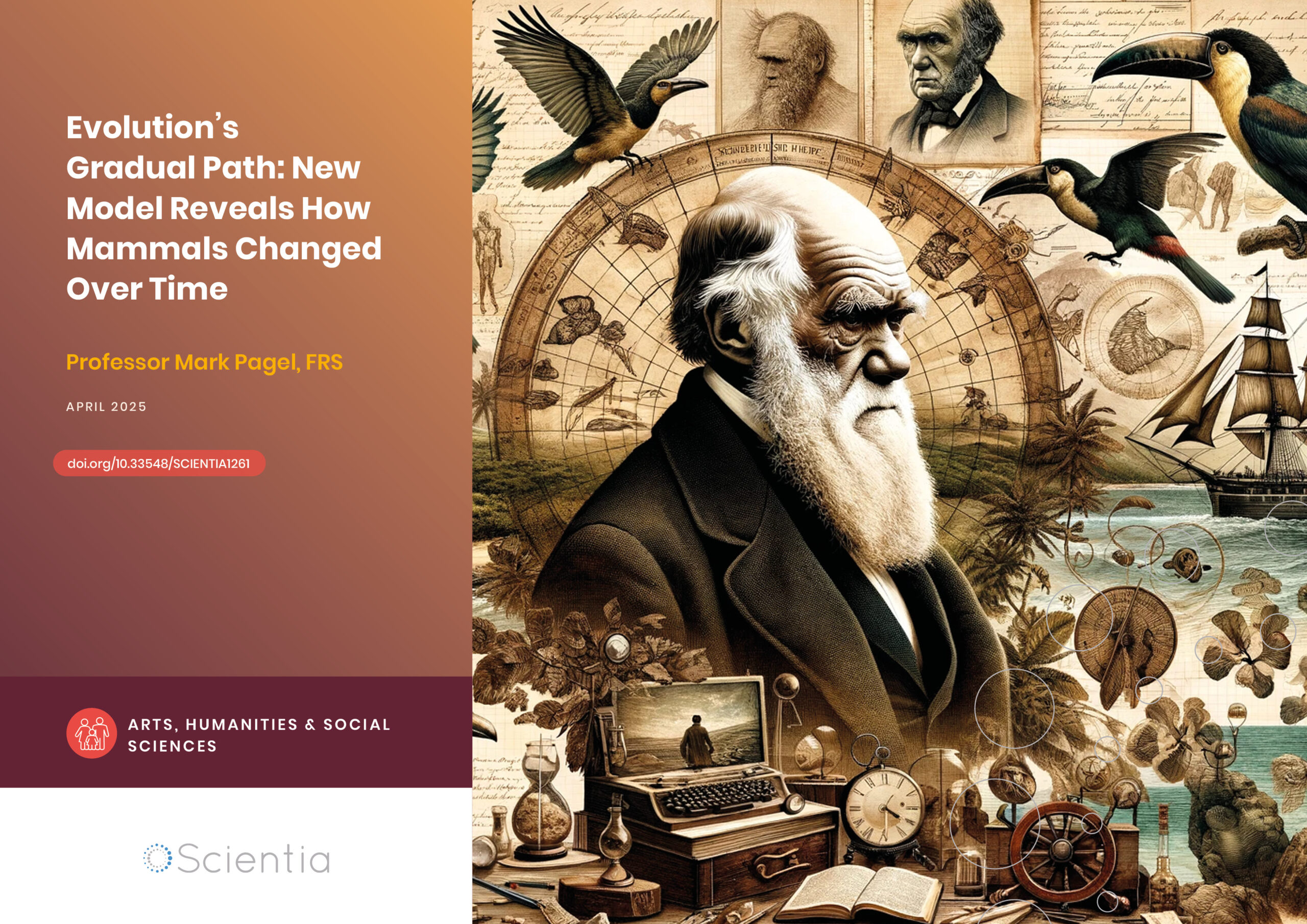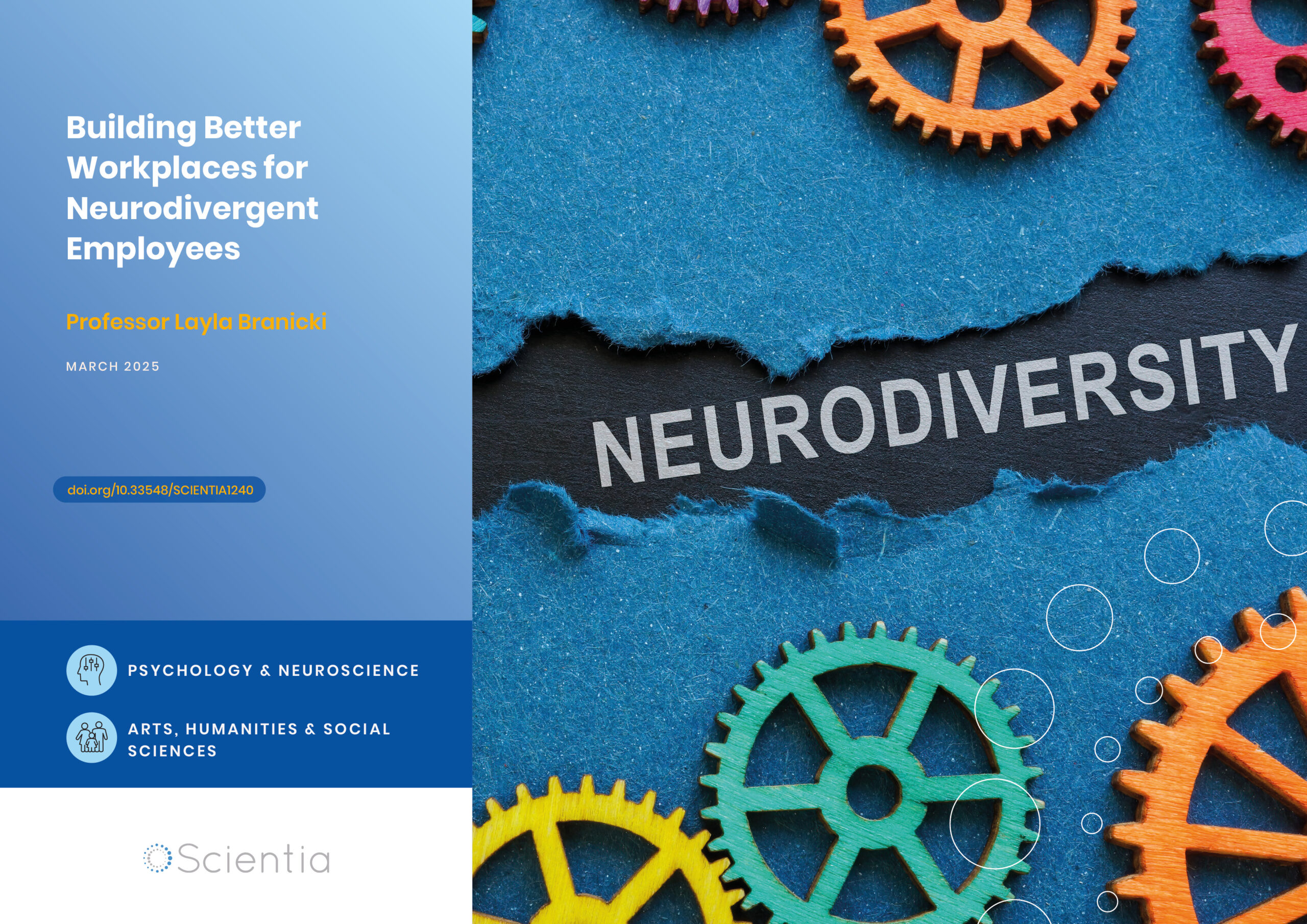Dr Kati Rantala | Navigating Policy with the Logic of Regulatory Impact Assessment
Regulatory Impact Assessment (RIA) is a crucial process in policymaking, allowing decision-makers to assess the potential impacts of proposed regulations prior to implementation. Dr Kati Rantala of the University of Helsinki and her colleagues argue that by employing evidential reasoning and considering contextual factors, RIA helps policymakers make more informed decisions that better serve the needs of society. Understanding the logic behind RIA is essential for policymakers to design policies that have positive impacts on our communities and the world at large and for all affected by regulations to advocate for thorough and well-constructed impact assessment.
The Need for Informed Decisions
Regulatory policy decisions can have far-reaching effects on our lives – shaping everything from environmental protections to transportation systems. But how can policymakers ensure that their decisions are well-informed and effective? One indispensable tool is the Regulatory Impact Assessment (also known as RIA), which aims to facilitate the evaluation of the potential impacts of proposed regulations before they are implemented.
Dr Kati Rantala of the University of Helsinki and her colleagues explore the underlying logic of RIA and its significance in policy discourse, shedding light on both the fundamental concepts of the model and its practical utility in enhancing regulatory policy.
The researchers introduce a model for ex-ante regulatory impact assessment, providing a more logically rigorous approach to the process. This model can be utilised when crafting new regulations, offering a more realistic and robust framework than what is often employed.
What is Regulatory Impact Assessment?
Regulatory Impact Assessment is a critical tool used by policymakers to evaluate the likely outcomes and potential consequences of proposed regulations before they are implemented. It involves gathering evidence, analysing data, and making predictions to ascertain how regulations might affect various stakeholders, including businesses, individuals, and the environment. RIA enables systematic analyses of the potential impacts of different regulatory options, thereby enhancing rational decision-making and the legitimacy of regulatory design.
The Role of Evidence
At the heart of RIA lies evidential reasoning – the process of using available past data and evidence to make predictions about future scenarios. This means looking at factors like stakeholder input, expert knowledge, statistics, previous research and regulatory experiments to form assumptions about how regulations might impact society. RIA employs various methods of analysis, including quantitative modelling, cost-benefit analysis, stakeholder consultations, and scenario assessments.
These sources provide evidence for the assumptions made in impact assessments, forming the basis for reasoning about the potential impacts of proposed regulations. While it is not possible to predict the future with certainty, evidential reasoning allows us to make informed estimates based on the best available evidence. By connecting historical data with prospective outcomes, the reasoning process is enriched.
Reasoning and Argumentation
According to Dr Rantala and her colleagues, RIA operates as a dual process of reasoning, employing both deductive and inductive approaches within the impact argument framework. Deductive reasoning relies on logical relations, often involving mathematical calculations to predict the impacts of proposed regulations. In contrast, inductive reasoning is grounded in empirical data and observations, allowing for a deeper understanding of impact mechanisms. Making an explicit distinction between deductive and inductive reasoning steps helps identify and highlight different kinds of uncertainty in an RIA process. The authors also apply Stephen Toulmin’s model of argumentation to effectively address uncertainties. This holistic approach enhances the robustness and reliability of the assessment process, enabling policymakers to make more informed and effective decisions.

The Importance of Context
Context plays a pivotal role in RIA, shaping the effectiveness and suitability of proposed regulations. Understanding specific circumstances and structural limitations surrounding a proposed regulation is crucial for accurately assessing its potential impact. Analogical inference can be used to extrapolate the likely impacts of regulations based on similar circumstances and structural constraints. However, proper justification for such extrapolation is essential, particularly when applying lessons across different contexts.
Addressing Uncertainty
One of the challenges of RIA is dealing with uncertainty. Policymaking is inherently complex, and there are often unknown variables that can influence the outcomes of regulations. Deductive reasoning within RIA requires accurate premises if reliable conclusions are to be reached. Dr Rantala and colleagues suggest that reformulating the RIA reasoning as approximating a deductively valid argument for the predicted impacts of the regulation is a useful heuristic for locating these uncertainties. By acknowledging and addressing uncertainty, policymakers can thus improve the credibility and transparency of the assessment process. This might involve identifying key assumptions, considering alternative scenarios, and seeking input from a diverse range of stakeholders.
Given the pervasive uncertainty in policymaking, it is challenging to account for all circumstances contributing to regulatory impacts. Acknowledging risks and potential dysfunctions is necessary, especially when implementation requires discretion, which can result in varying outcomes. Street-level bureaucrats, for example, may face challenges in balancing equal treatment with acknowledging individual circumstances, potentially leading to dysfunctional impacts on clients.
Analysis of Specific Cases
Examination of cases from the European Commission’s impact assessments reveals both successful and unsuccessful instances of RIA reasoning. Scrutinising proposals concerning environmental protection and the Intelligent Transport System illustrate differing degrees of reasoning quality and evidence utilisation. These cases underscore the importance of transparently addressing uncertainties and implementation challenges in RIA. Effective RIA requires a comprehensive understanding of potential impacts and the ability to navigate complexities inherent in policymaking. Transparently acknowledging uncertainties ensures that decision-makers and stakeholders are fully informed, ultimately leading to more effective and well-grounded policy outcomes.
Enhancing Evidential Reasoning
Dr Rantala and her colleagues provide a comprehensive examination of RIA and its significance in policymaking. By emphasising evidential reasoning and contextual analysis, they have underscored the importance of making informed decisions based on the best available evidence. Through their work, they have provided valuable guidance for policymakers striving to navigate the intricate landscape of regulatory decision-making. The application of the proposed model can have profound impacts on regulatory policy, improving the quality of rules and regulations so that they can work better when enforced in real-life situations.
SHARE
DOWNLOAD E-BOOK
REFERENCE
https://doi.org/10.33548/SCIENTIA1092
MEET THE RESEARCHER

Dr Kati Rantala,
Institute of Criminology and Legal Policy,
University of Helsinki,
Finland
Dr Kati Rantala holds a PhD in Social Sciences, obtained from the University of Helsinki in 2001. She attained the title of Docent in Sociology in 2007 from the same institution. With a rich educational background encompassing developmental psychology and theoretical philosophy, Dr Rantala’s expertise is multidimensional. Currently, she works as a Research Director at the University of Helsinki, Department of Social Sciences. Her leadership extends to directing multidisciplinary research consortia, securing substantial research funding, and guiding doctoral and undergraduate students. Dr Rantala’s contributions transcend academia, having held influential positions in government bodies and engagements in various regulatory policy activities, including participation in Organisation for Economic Co-operation and Development (OECD) conferences and organising seminars on digitalisation and indigenous rights. With such breadth of experience in teaching, research, and policy engagement, Dr Rantala stands out as a notable figure in sociology and legal policy.
CONTACT
W: https://researchportal.helsinki.fi/en/persons/kati-rantala
X: @Ka_Rantala
KEY COLLABORATORS
Noora Alasuutari, University of Helsinki
Professor Jaakko Kuorikoski, University of Helsinki
FUNDING
Strategic Research Council at the Academy of Finland

FURTHER READING
R Kati, N Alasuutari, J Kuorikoski, The logic of regulatory impact assessment: From evidence to evidential reasoning, Regulation & Governance, 2024, 18(2), 534–550. DOI: https://doi.org/10.1111/rego.12542

REPUBLISH OUR ARTICLES
We encourage all formats of sharing and republishing of our articles. Whether you want to host on your website, publication or blog, we welcome this. Find out more
Creative Commons Licence (CC BY 4.0)
This work is licensed under a Creative Commons Attribution 4.0 International License. 
What does this mean?
Share: You can copy and redistribute the material in any medium or format
Adapt: You can change, and build upon the material for any purpose, even commercially.
Credit: You must give appropriate credit, provide a link to the license, and indicate if changes were made.
SUBSCRIBE NOW
Follow Us
MORE ARTICLES YOU MAY LIKE
Professor Robert B Heimann | Culinary Craftmanship: The Evolution of Pottery for Cooking
Cooking food is arguably one of the most important transitions in human evolution, and initiated hundreds of thousands of years of refinement in both technique and technology. Professor Emeritus Robert B Heimann of TU Bergakademie Freiberg, Germany, recently reviewed the evidence for early cooking vessels and tracks the evolution of their production, identifying important strategies of optimisation using various natural materials, firing methods, and designs to improve durability, functionality, and efficiency over time.
Professor Mark Pagel | Evolution’s Gradual Path: New Model Reveals How Mammals Changed Over Time
A groundbreaking statistical model developed by Professor Mark Pagel and colleagues at the University of Reading demonstrates that even dramatic evolutionary changes in mammals can be explained through gradual Darwinian processes, resolving a long-standing puzzle in evolutionary biology and challenging our understanding of how species change over time.
Professor Layla Branicki | Building Better Workplaces for Neurodivergent Employees
The landscape of work is undergoing a radical transformation, with flexible arrangements and remote working becoming increasingly embedded in organisational culture. However, for the estimated 15-20% of people who are neurodivergent – including those with Autism Spectrum Disorder (ASD), Attention-Deficit Hyperactivity Disorder (ADHD), dyslexia, and other cognitive differences – navigating the workplace can present unique and sometimes overwhelming challenges. Researchers at the University of Bath have conducted the largest UK study of its kind, exploring how flexible working practices can support neurodivergent employees in the workplace, revealing both challenges and opportunities for creating more inclusive work environments.
The Decline of Volunteering in America: Economic Factors and Rural-Urban Differences
Volunteering rates have been declining across the US in recent decades, raising concerns about the health of civil society and local communities. Researchers Dr Rebecca Nesbit, Dr Laurie Paarlberg, and their colleagues have investigated the complex economic and geographic factors contributing to this trend. Their work sheds light on how economic conditions, rural-urban differences, and community characteristics shape volunteering behaviors across the country.





